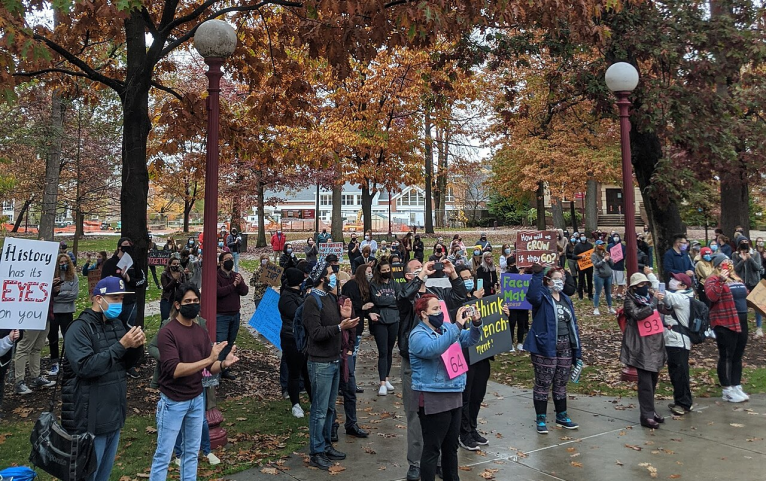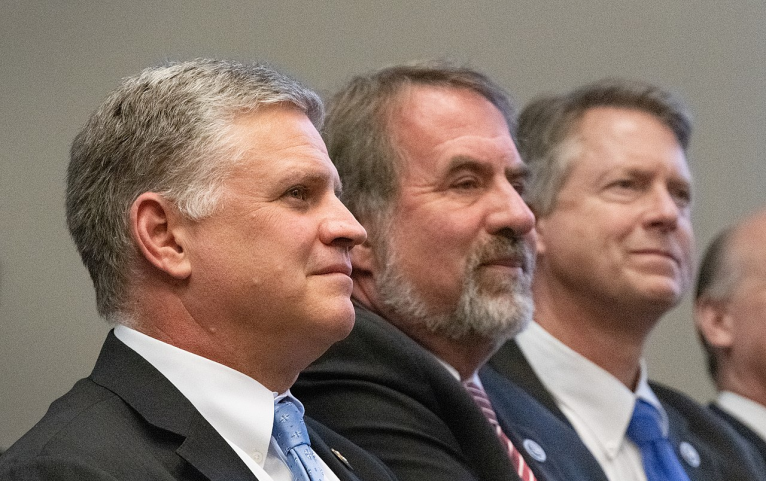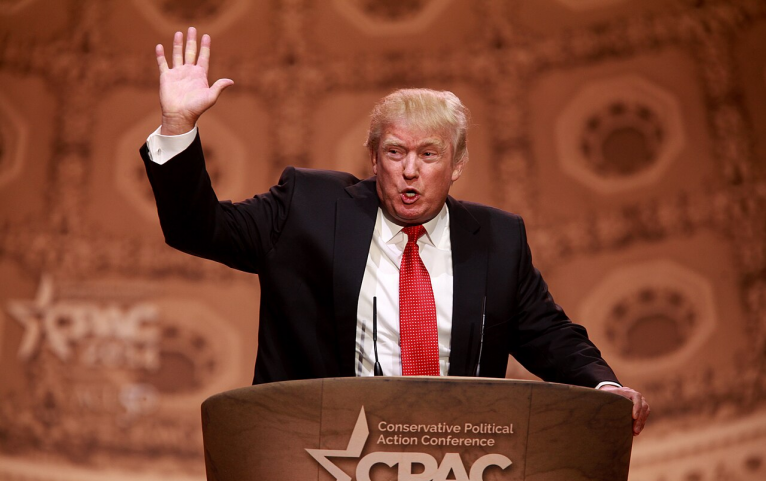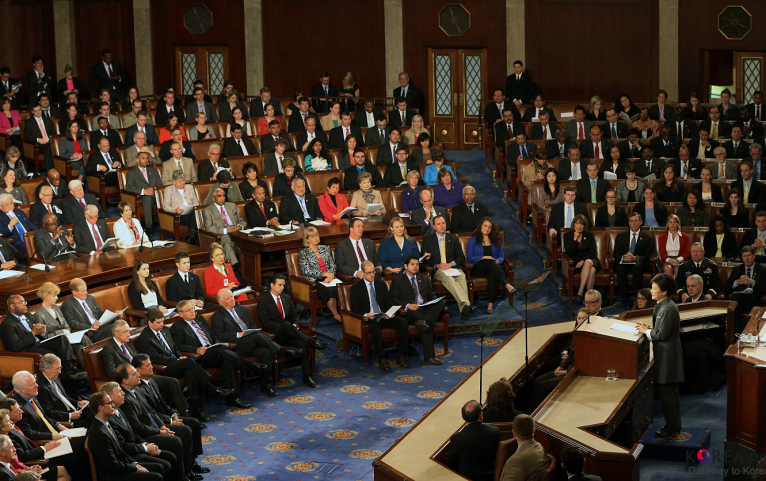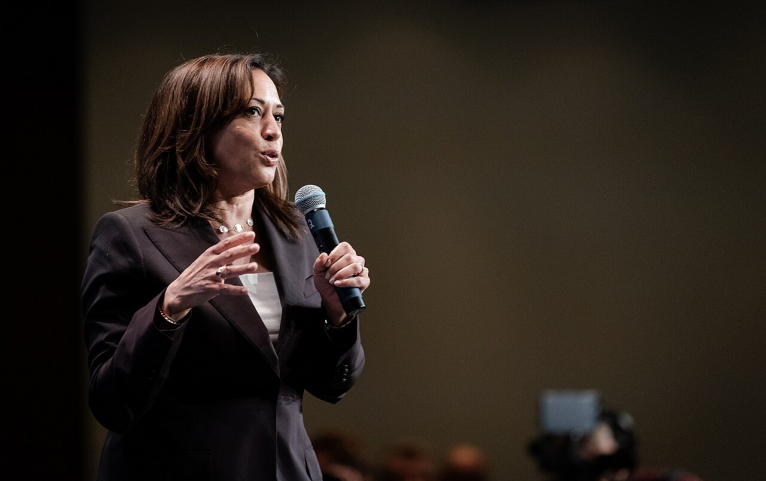Netanyahu to Anti-Israel Protesters: 'You Have Officially Become Iran's Useful Idiots'
Israel Prime Minister Benjamin Netanyahu's address to a joint meeting of Congress on Wednesday afternoon included scathing remarks to people participating in anti-Israel protests. Read to learn more.
-
Monmouth University Lockdown Lifted After False Bomb Threat
-
VP Kamala Harris Could Become First President to Graduate From A Historically Black College or University
-
YSU Lockdown Triggered by Shooting Suspect Sighting on Campus; Community Concerns Mount After Lockdown
-
Brandeis Center Sues Education Department for Dismissing Antisemitism Complaint Against University of Pennsylvania
-
NYU Settles Lawsuit With Students Over Antisemitism Claims; University Expands Judaic Studies and Strengthens Ties With Tel Aviv University
-
House Ways and Means Committee Advances Bills Targeting University Antisemitism; Democrats Warn of Potential Litigation and Consequences for Higher Education
-
US Higher Education Trends: State Funding Rises as Tuition Income Falls; What Can UK Learn From This?
By Joy Liwanag -
Trump's Republican Platform Agenda47 Proposes Radical Overhaul of Higher Education Policies
By Joy Liwanag -
Congress Introduces Campus Housing Affordability Act, Expanding Section 8 Voucher Access for College Students
By Joy Liwanag -
Northwestern College Shuts Down After 122 Years, Leaving Students and Higher Education Community in Limbo
By Joy Liwanag -
Antisemitism and Islamophobia: Brown University Settles With Department of Education's Office for Civil Rights on Title VI
By Joy Liwanag -
Americans' Confidence in Higher Education Continues to Decline Amid Rising Concerns Over Political Bias and Cost [Poll]
By Joy Liwanag -
Columbia University Deans Removed After Antisemitic Texts Spark Controversy Amid Campus Tensions
By Joy Liwanag -
Bloomberg Donates $1 Billion to Make Medical Education Free at Johns Hopkins, Redefining Access to Healthcare Professions
By Joy Liwanag -
Federal Judge Blocks Biden Administration's Title IX Regulations in Another 4 States, Citing Overreach and Vagueness
By Joy Liwanag -
Lehigh University Expels Student Who Admitted to Forging Documents and Using ChatGPT To Write Essay for Scholarship; Concerns Over AI in Admissions Grow
By Joy Liwanag -
African Students Rack Up Debt Despite Full Bursaries from NSFAS
By Joy Liwanag -
ICE's Fake University Students Win Right to Sue US Government
By Joy Liwanag




